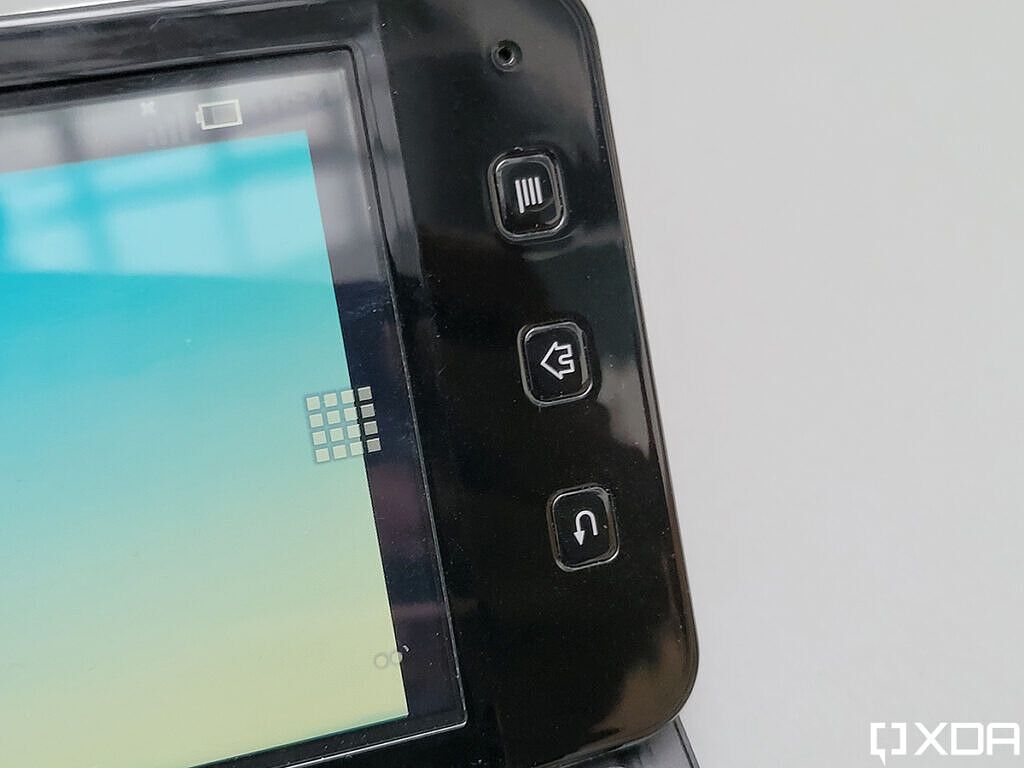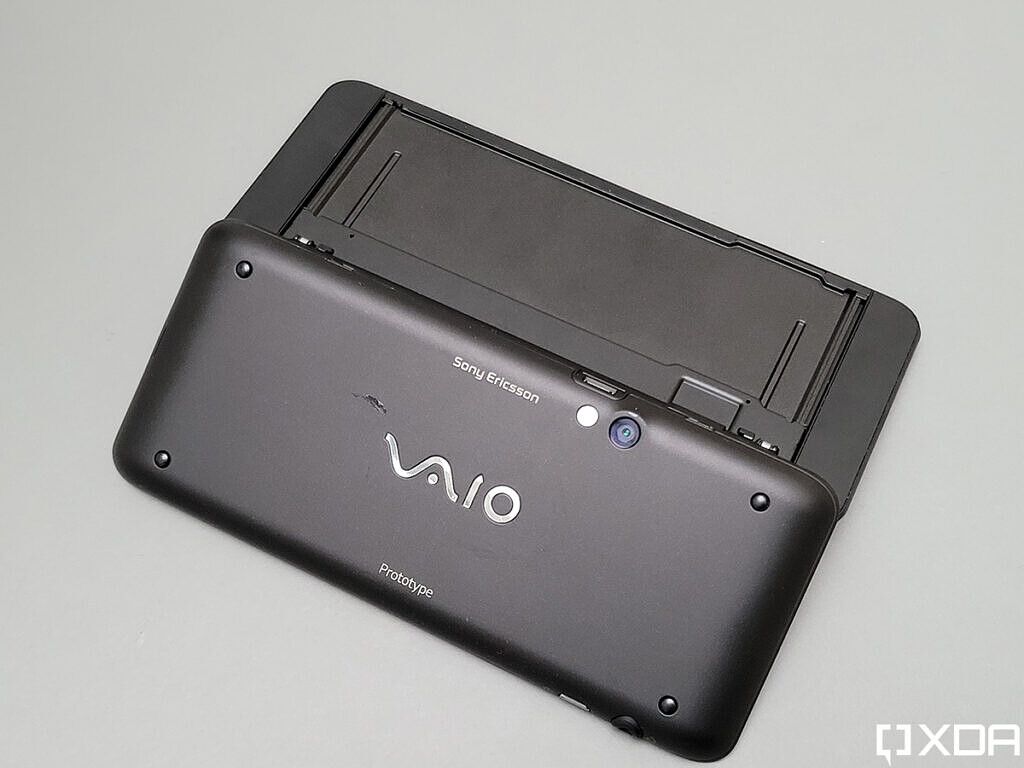The foundation of Android is built on top of the Linux kernel, thus OEMs are obliged to provide the source code (upon request) for any Linux kernel binaries that ship on their Android-powered devices. Apart from the compliance with the GNU General Public License v2, kernel source releases also help developers cook up custom ROMs and enhanced third party kernels which, in turn, boosts the aftermarket modding scene for the device. Manufacturers like LG and Samsung have a good track record of releasing such sources in a timely manner and they have now posted kernel source codes for the LG Wing and the Galaxy S20 FE, respectively.
LG Wing
The LG Wing (our hands-on preview) features an innovative design with a swiveling main display and a small secondary display hidden underneath. The Qualcomm Snapdragon 765G-powered device runs LG UX based on Android 10 out of the box. Below you can find the kernel sources for different variants of the LG Wing, including LMF100EM, LMF100EMW, LMF100N, LMF100NO, and LMF100VMY.
LG Wing Kernel Sources || LG Wing XDA Forums
LG has a love-hate relationship with the power users, as only a handful of phones manufactured by the Korean OEM are whitelisted for bootloader unlocking. Now that the kernel source code for the LG Wing is up, we hope that the company will soon allow bootloader unlocking on this phone.
Samsung Galaxy S20 FE
Samsung has launched two variants of the Galaxy S20 FE so far: A 5G variant powered by the Snapdragon 865 and a 4G variant powered by the Exynos 990 SoC. Both models feature a 120Hz high refresh rate display and a triple camera setup on the back, but their RAM and storage configurations are different. At the time of reporting, we can only spot the kernel source code corresponding to the model numbers SM-G781B and SM-G781U, which are the Snapdragon 5G models.
Samsung Galaxy S20 FE Kernel Sources || Samsung Galaxy S20 FE XDA Forums
The post LG Wing and Samsung Galaxy S20 FE kernel sources are now available appeared first on xda-developers.
from xda-developers https://ift.tt/3mNGYLU
via IFTTT










